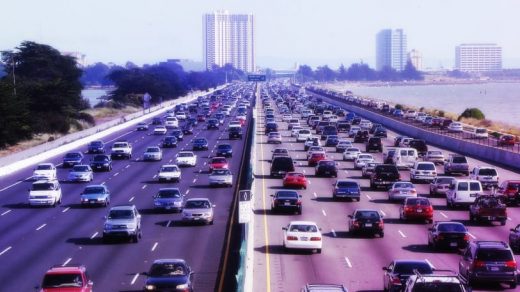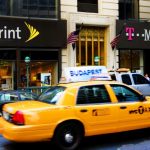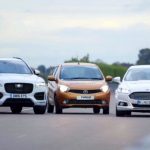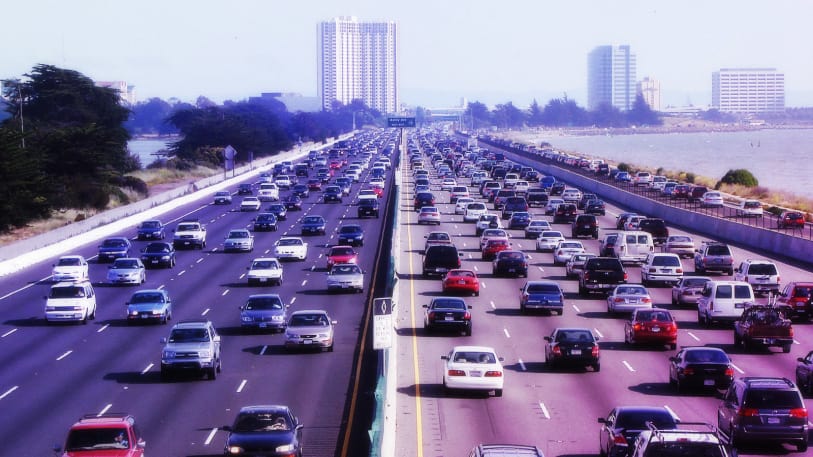When It Comes To Clean Cars, Is The California Way The Right Approach?
Capital & Main is an award-winning publication that reports from California on economic, political, and social issues.
Eric Noble works in the automobile industry, but that doesn’t mean he doesn’t worry about climate change. When he and his two sons, 11 and 15 years old, travel south to surf on Baja’s Pacific Coast a few times a year, they can see the impact greenhouse gases are having on the earth. “We can see the sea level rising,” he says. “Little coastal roads we used to be able to drive on are inundated now. This is happening.” He understands that transportation is responsible for more than a quarter of the greenhouse gases that linger in our atmosphere, and light-duty vehicles—passenger cars, mostly—emit close to two-thirds of that pollution.
And so Noble, who is president of the Orange County, California-based automotive consulting firm CarLab, also worries whether California’s strict zero-emissions vehicle strategy, which forces automakers to market exhaust-free hydrogen-fueled and battery-powered vehicles in the state, is really the most consumer-friendly and egalitarian way to tackle the problem—not just in California and the nine states that have followed its lead on emissions standards, but throughout the nation.
The Trump administration, responding to auto industry complaints, has already signaled its intention to revisit an Obama-era rule calling for automakers to steeply raise the average fuel efficiency of their fleets—standards written to provide consistency with the California market. U.S. Environmental Protection Agency Administrator Scott Pruitt has threatened to reexamine California’s independent authority to regulate tail pipe emissions as well (though it’s uncertain whether he can). But even if nothing changes at the national level, the greater problem is that zero-emissions vehicles (ZEVs), just aren’t selling. “There is no demand,” Noble says. “There never has been. If federal subsidies are pulled or California loses its exemption, ZEV sales would go to next to nothing.”
A 2015 study by the Natural Resources Defense Council and the Electric Power Research Institute found that electrification of the national vehicle fleet could reduce greenhouse gas emissions by an amount equivalent to 80 million to 100 million average passenger cars by 2050. But those numbers assume that more than half the miles drivers log will be powered by grid electricity, and that the grid gets the majority of its power from carbon-free sources. After all, electric cars that run on coal-fired electricity might be doing more harm than good.
California is moving rapidly toward low-carbon electricity generation. But even with a cleaner grid and solar charging stations in home garages, it’s not enough for automakers to sell a handful of clean cars to do-gooder early adopters. People have to buy them in sufficient numbers to make a difference. Even with substantial perks for drivers—a $ 7,500 federal tax credit for a pure electric vehicle, carpool lane privileges, the quiet power of an electric motor—manufacturers still lease their cars cheap, and at a loss.
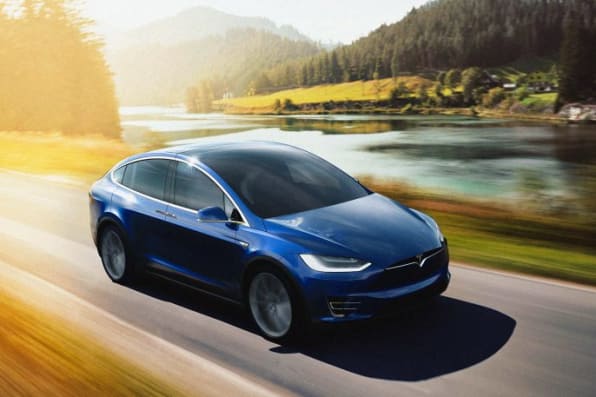
Alleviating “Range Anxiety” But Losing Money
“There’s not a single automaker that makes money on an electric car,” Noble says. Tesla, with its rising stock shares and fame, turned a slim profit in the third quarter of 2016, but that’s likely due to the $ 139 million in ZEV credits it sold to less-green manufacturers. General Motors expects to lose money on every unit it sells of its new Chevrolet Bolt, the all-electric car pitched as an answer to “range anxiety,” because, if you’re careful not to drive it too hard, it can last for 238 miles on a charge.
The problem, says Noble, is not just that at current prices it costs less to fill a tank than to charge a long-range battery. It’s that current EV technology doesn’t fit the pattern of most drivers’ habits—what Noble calls a “duty cycle.” To benefit from a battery-powered electric vehicle, which at its low end has a range of 85 to 130 miles, “you have to own your own house, have an enclosed garage that’s securable, preferably with a 240-volt power outlet,” Noble says. “You’ve got to have a 20- to 50-mile commute, ideally with HOV lane access.” If you live in an apartment, park on the street or in a structure without an EV charging portal, “you’re out.”
Hydrogen fuel-cell vehicles would suit a broader range of drivers, but “hydrogen is eons away. It’s not even worth talking about.” Even if there were enough fueling stations spread across the state to give drivers confidence, there wouldn’t be enough hydrogen: No one has quite figured out a hydrogen-production process that doesn’t squander more energy than it creates.
The way Noble sees it, California would do better to promote “milder” forms of low-emissions vehicles—hybrids, conventional engines with efficient transmissions—cars that people already want, and that serve their duty cycles. The state air board, however, is trending in the other direction. In the 2018 model year, incentives to market plug-in hybrids like the Chevy Volt, which run on both gas and electricity, will decline. Eventually, they’ll go away: By 2030, the state has ruled, only hydrogen fuel cell and pure battery-electric cars will earn automakers the credits they need to do business in the state.
Noble thinks that’s a mistake, and a strategy almost guaranteed to put California far behind on its mandated goal of reducing statewide greenhouse gas emissions to 40% of 1990 levels by 2030. Worse, it won’t make a dent in the climate.
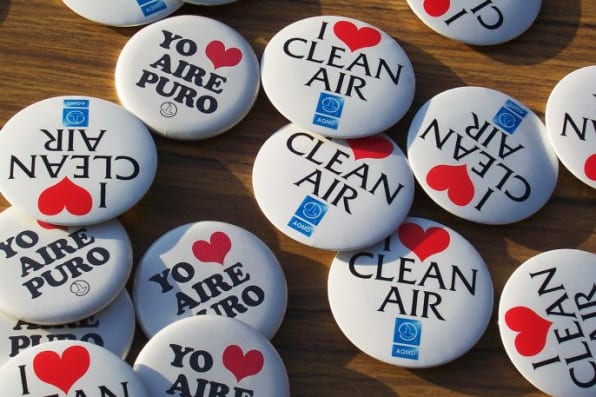
Setting The Standard For The Country
Noble’s grim assessment of California regulation runs counter to the state’s official narrative, which is that for the last half century or more, it has done more than any regulating authority in the world to clean up cars. In 1959 the state legislature ordered the Department of Public Health to establish standards for ordinary pollutants like carbon monoxide and particulates; in 2006, the state legislature passed the world’s first law to curtail greenhouse gas emissions, including tail pipe emissions. The auto industry and George W. Bush’s administration resisted mightily, but in 2009 California got the waiver it needed under the Clean Air Act to enact tough greenhouse gas emissions standards for mobile sources. Within the next three years, the California Air Resources Board developed its Advanced Clean Cars program, a set of mandates and strategies aimed at reducing the heat-trapping gases, along with the soot-and-smog forming contaminants, emitted by cars and trucks.
California’s Zero Emissions Vehicle program has been in effect since 1990, but the Advanced Clean Cars program ramped up its goals dramatically. It operates like a cap-and-trade program for cars: Automakers are required to earn credits toward their green-vehicle quotas every year by delivering super-low or zero-emission vehicles for sale. If they can’t do that, they can buy credits from manufacturers who have more than they need. Unsurprisingly, Tesla, which sells long-range battery-electric vehicles exclusively, has made more than $ 500 million dollars since 2009 selling credits to other manufacturers. Fiat Chrysler, known for its Jeeps and trucks, bought many of them.
“It’s what we call ‘technology-forcing’ regulation,” says David Gerard, a professor of economics at Lawrence University in Appleton, Wisconsin, of the ZEV program. “They’re saying, ‘You can’t do it now [but] you’re going to figure out how to do it. It doesn’t matter whether you can make money doing it.’ They’re forcing you to make a commercially viable product out of something that is not commercially viable.” It’s not a new practice: In 1961, California required automakers to install “positive crankcase ventilation” valves on new cars to mix more fresh air into tail pipe emissions; a decade later, the EPA began requiring automakers to reduce emissions of carbon monoxide and nitrogen oxides from tail pipes, knowing that, in most cases, it could only be done with a certain technology known as the three-way catalytic converter.
Such regulations inevitably cost manufacturers money, and they may or may not create jobs; Gerard, who’s written extensively on this topic, thinks they probably don’t. (One researcher who concluded they did, Michael Porter, has seen his famous “Porter Hypothesis” both debunked and upheld at regular intervals.) But they do force technology to evolve. In the first five years of the Advanced Clean Cars program, the number of ZEV models in showrooms has grown from 3 in 2011 to 35 in 2016, according to a presentation by General Motors’ Britta Gross at a CARB symposium last September. Engineers have gone to work on making lighter, cheaper, more powerful batteries that charge in minutes, sometimes even without plugging in. Utilities and municipalities have begun to install charging stations on major roadways throughout the state.
Gross, GM’s director of advanced vehicle commercialization policy, argues that some of those technology advances would have happened anyway. “There was a real confluence of events that got us to where we are today,” she says, including the company’s experience with the EV1 in the 1990s, a car that originally ran on a plain lead-acid battery before it moved to the more robust nickel-metal hydride. Making the lithium battery automotive-capable was “an evolution of physical chemistry” that simply took time, she says. “It’s not like we could take a lithium battery from your laptop and put in a vehicle.”
And yet it’s no coincidence that the majority of those lithium-battery powered vehicles ride on the highways in California, and the nine states that have adopted California’s tail pipe emissions standards. “Some of this stuff would have happened [without the ZEV program], to be sure,” said Steve Flynn, the director of air resources division in one of those states, New York, at a March 24 CARB hearing. “But I don’t think any of us believe it would have happened in the time frame that we’re looking at now.”
And when you’re talking about arresting the global temperature rise, Flynn noted, “Time is important.”
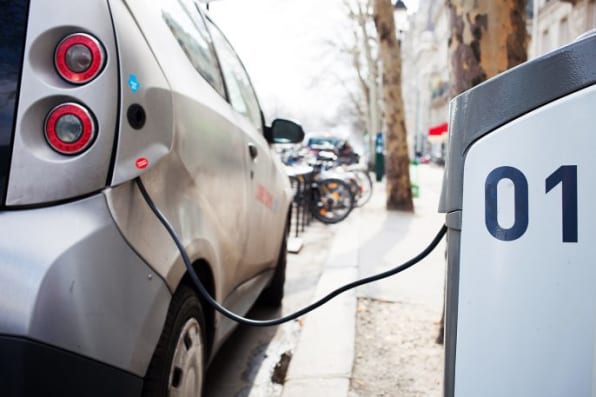
Hybrids Are Hit And Miss
There’s no question that plug-in hybrids, and hybrids in general, are a clean-car technology that’s easy to love. By driving one, you save gas, gain some environmental cred, and never have to suffer from range anxiety. But CARB, in a January review of the Advanced Clean Cars program, found that while plug-in hybrids “can generate significant benefits over conventional vehicles,” in actual use, they don’t quite pack the climate-and-smog relieving punch of ZEVs. Drivers of the plug-in hybrid Chevy Volt tend to fall back too often on the convenience of their gas tanks.
Besides, says David Gerard, the point of technology-forcing policy is not to reward companies and people for doing what they already do, but to guide people into habits and technologies that will better serve society’s goals. Car manufacturers were more heavily rewarded for marketing hybrids when hybrids were rare; as they achieve, in Eric Noble’s words, “ubiquity in the market,” they need fewer incentives to maintain their presence on the roads.
In a way, technology-forcing is like the space program: It may not yield immediately practical results, but over time, it pays off in ways no one previously imagined. When the EPA started forcing manufacturers to use computers to monitor cars’ emissions systems, for instance, automakers figured out they could use computers for all kinds of other functions, like climate control and collision avoidance. “The guys at EPA would tell you that they helped the industry,” Gerard says. “Automakers never thought about using computers before that.” By forcing a solution to noxious tail pipe emissions, the EPA helped trigger a market for newer luxury cars.
Nor is technology the only way to go about reducing tail pipe emissions; Gerard, like most economists, would much prefer to slap a carbon tax on gasoline, although that’s a steeper hill, politically. Local and state regulators could also go further in their ambitions, fixing not just the automobile society’s problem with air pollution but with parking and congestion and expensive fixes to freeways: They could direct their efforts toward designing a public transportation network that’s so appealing and clean and convenient that people willingly give up their cars.
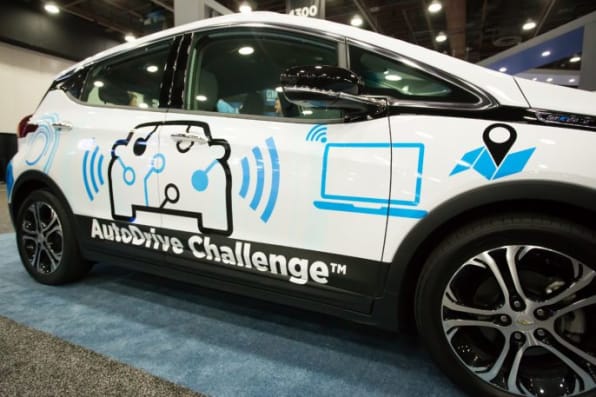
The Looming Transportation Divide
According to a survey of experts conducted by researchers at the University of California, Davis, autonomous vehicles could one day bring about a dream scenario for transportation, where inexpensive, emissions-free robot cars pick you up at home or work and deliver you, on demand, to a transit hub. They could also produce a nightmare, in which only the rich ride around in gas-powered driverless cars, leaving the rest of us to battle it out in increasingly congested roadways and inadequate public transit. The difference, says UC Davis professor Daniel Sperling, founder of the university’s Institute of Transportation Studies, will be whether local and state governments look far enough down the road to make the dream happen.
The advantage of autonomous vehicles, says Sperling, is that they’re not yet widely available. “So we have an option to guide that technology with policy.” The state can require that autonomous vehicles sold in the state be electric, for instance. It can encourage carmakers to design “passenger-centric” instead of “driver-centric” vehicles, making ride sharing easier with backseats just as comfortable as the ones in front.
GM has already begun to use the Bolt, driver attached, in a San Francisco ride-sharing program. Starting in 2018, the company will partner with the ride-sharing company Lyft to turn thousands of driverless Bolts loose in the city. “This isn’t just a retail market,” Gross says. “This is a commercial opportunity.”
Sperling, who is also a member of the air board, rejects the criticism that the ZEV program has been a failure because it hasn’t sold as many cars as projected. “Outside of a few places in China or Norway where they’ve dumped massive subsidies, the California policy is the most effective in the world,” he says. But that’s not necessarily because it’s aimed at putting a zero-emission vehicle in every garage, though he believes it will someday. It’s because it’s done what technology-forcing regulation is meant to do. “It’s been the most effective at motivating the auto industry at building these electric vehicles, and motivating local governments to think about how to do permitting for charging stations.” It has meant that, when Volkswagen got caught installing smog-test-defeat devices in its diesel cars last year, its punishment included paying out $ 800 million to build out electric-vehicle charging infrastructure around California.
All of that progress could support the dream scenario Sperling prophesies, but only if the right rules get written for our driverless, ride-sharing future. It won’t matter what decisions are made at a federal level. “There’s no big role for the national government in what we’re talking about here,” Sperling says. “A lot of it has to do with how we use vehicles, which is the prerogative of local and state governments.” Our transportation habits, it turns out, have more to do with what happens close to home than what happens at the EPA.
(38)

